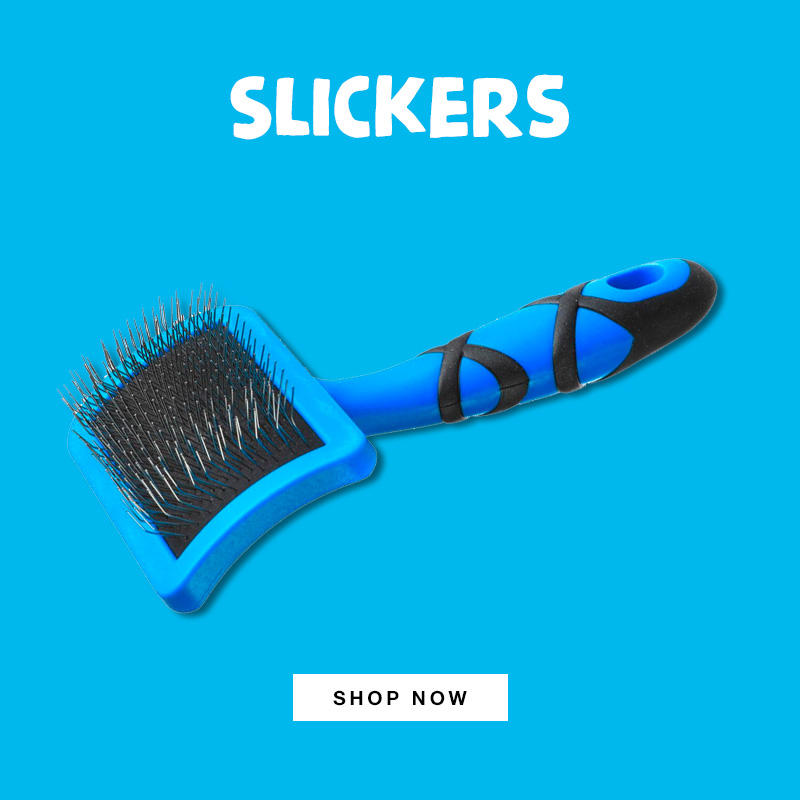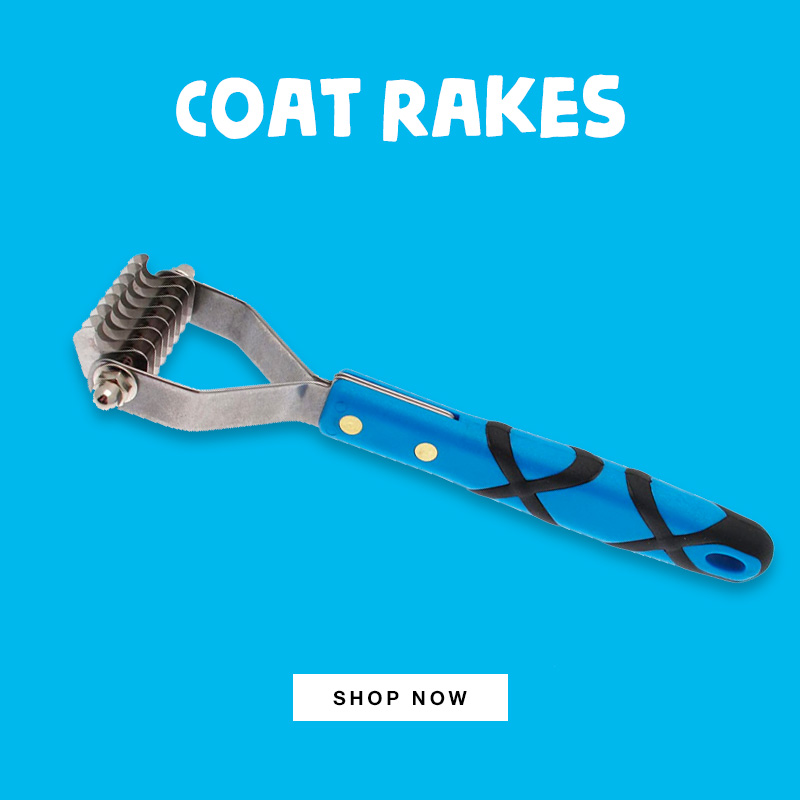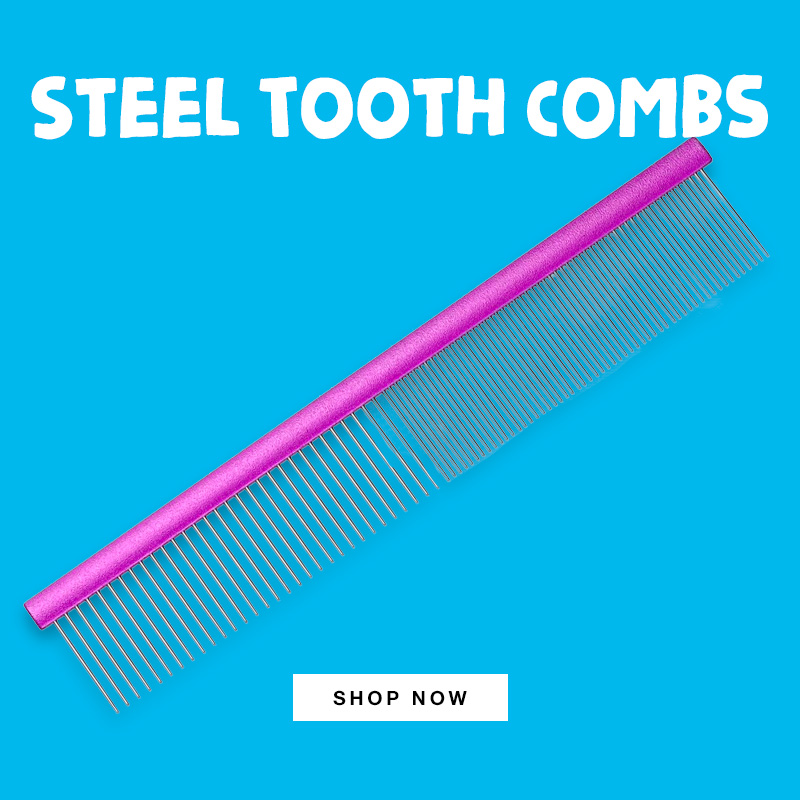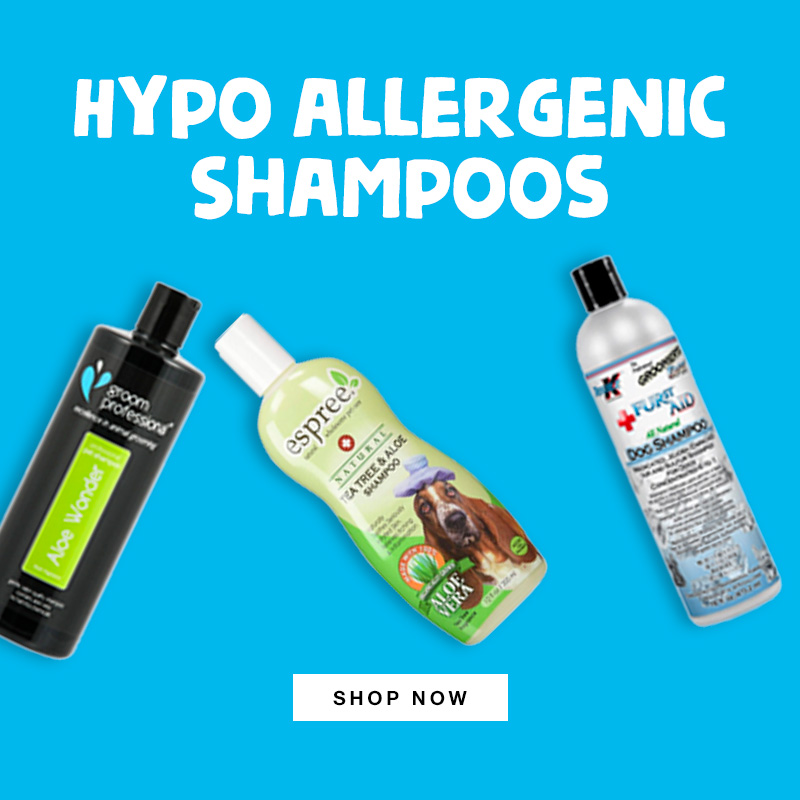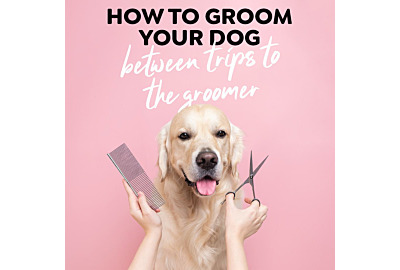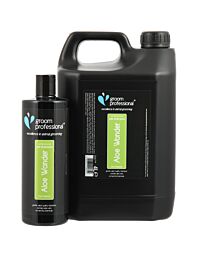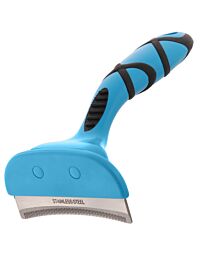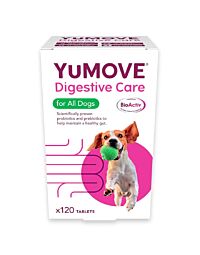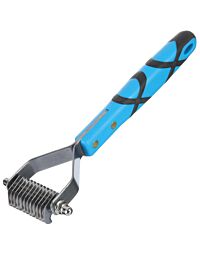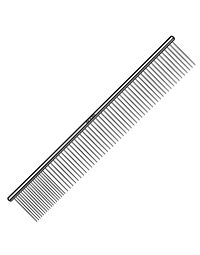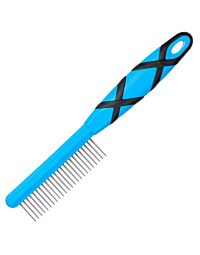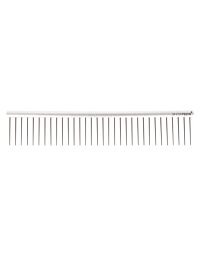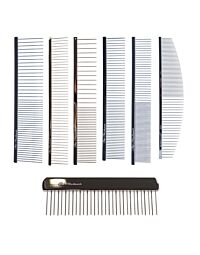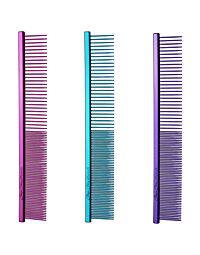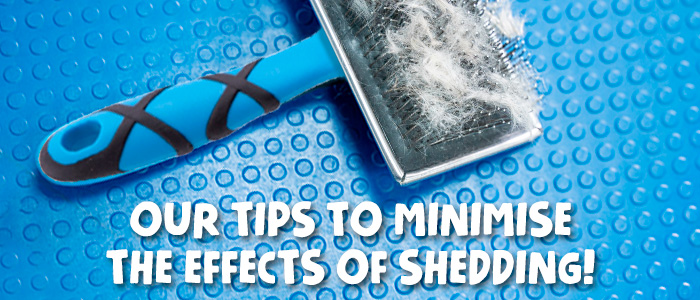
The Effects Of Shedding
As we approach summer and hope to see an increase in the temperature, pet owners may notice an increase in their dog’s hair loss. All dogs shed to some extent, with double-coated breeds like Labradors and Huskies shedding more noticeably than breeds like Poodles. Shedding is natural and can’t be avoided but we have some tips to help minimise shedding.
Why do Dogs shed?
Shedding is the process to remove dead and damaged hair which helps maintain the dog’s coat which also acts as a natural self-cooling and self-warming mechanism as the temperatures change.
Hair goes through a cycle of growth and shedding. This cycle is affected by factors such as breed, age, hormones, environmental factors as well as the general health of the dog. These factors also can affect the length of the hair and the coat texture.
The lifespan of the hair shaft for breeds like Poodles and Yorkshire Terriers is longer and so these dogs shed very little in comparison to the short life span of dogs like Huskies who shed more and who also have an abundant undercoat. The undercoat is made up of soft secondary hairs growing underneath and around the primary hair.
Spring and Autumn are top shedding seasons. In Spring dogs lose their heavy winter coats in exchange for a lighter summer coat and then come Autumn they shed their lighter coat and grow a more substantial, thicker, and warmer coat to see them through the winter.
However, pet owners are experiencing more year-round shedding as many pets are now kept indoors and are less affected by these seasonal temperature changes.
If you have a puppy you may notice a change in their coat after shedding. Puppies are born with soft fluffy coats but this is shed to make way for a thicker, stiffer adult coat (This is usually around 4-6 months but this will vary with breed).
There may be other reasons for shedding such as skin problem, illness, or nutritional or vitamin deficiencies but if the amount of shedding seems abnormal to you contact your vet.
What can I do to minimise shedding?
Brush, Brush, Brush!
Brushing and combing regularly can help remove the dead hairs before they are shed and help prevent matts in your dog’s coat. Brushing will also help evenly distribute natural oils which keep coat healthy. Using the right tools is important.
Slickers brushes are a great tool for this. Brush in both directions and it will pull away from the dead and downy undercoat. Do this until you notice you are pulling out less and less hair.
For times when your dog is shedding more try a rake or de-shedding tool. These are used in the direction of hair growth, then pull them up and away to remove the hair.
You can also use a shedding tool with a blade. Stroke the blade gently from head to tail and loose hair will fall away.
It’s important to comb out any matts and tangles before de-shedding - we have a selection of steel tooth combs perfect for this.
Maintain a Healthy Balanced Diet
Make sure your dog is having high-quality nutritional food and additional supplements if required. A poor diet can affect your dog’s coat resulting in increased hair loss and dandruff
Wash The Hair Away
Regular washing will loosen and help remove dead hair. Using an oatmeal shampoo can keep the coat healthy and strong which will reduce the amount of damaged hair that needs to be removed. There is also a selection of great shed control shampoos available.
Stop Scratching
Controlling allergies and fleas will stop dogs from scratching and removing large amounts of dead hair. Insect Shield products are a pet and a child-safe way to repel ticks and fleas and using a hypoallergenic shampoo or a shampoo with soothing ingredients such as oatmeal or camomile or Aloe Vera can keep scratching to a minimum. If you are concerned about allergies, speak to your vet.









